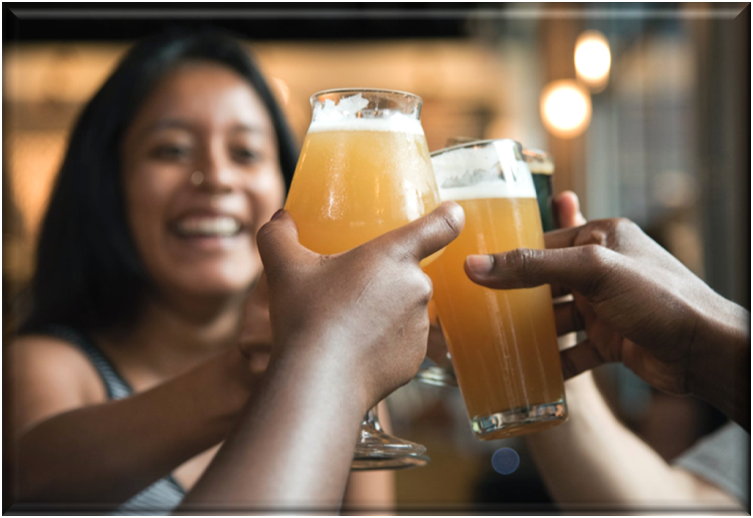DRINKWISE BLOG

Libba liked people and was endlessly curious. She routinely came to work and asked me, "How's it going?" She stared with those penetrating eyes and really listened to my answer. Often, she regurgitated what I said, making it clear she listened. Now, if I went on about some petty injustice, she'd smile and say, "Bless your heart," her patronizing tone making me aware of my silliness, and we'd both be smiling. When talking to Libba, you always felt like you mattered. That's how Libba treated everyone. Her customers reciprocated by asking to be in her section and tipping her very well. Customer Service in One Paragraph After twenty years of listening to positive and negative customer feedback, over a dozen years of reading spotter reports on customer service, and a lifetime of personal experiences with service, the key to superior customer service is straightforward: Make a genuine connection with the customer. Following a pre-programmed script to introduce yourself, using specific edge language, and asking the customer certain questions (can I start you off with a cocktail and appetizer, etc.) can add to the customer's experience. Potentially. But, if a server's behavior is experienced as rote by the customer, the insincerity sends the message that the customer isn't worthy of the server's interest (especially since they know the server is paid to be interested). A customer (even a partner, friend, or child) who feels unworthy within a relationship will be on high alert for perceived slights and are hard to satisfy. A customer who feels a genuine connection with a server can handle almost any service mistake if the server continues demonstrating genuine care and concern for the customer's experience. The statistics bandied about by customer service experts on how forgiving customers will be if the server genuinely addresses problems echo my experiences. Customer Service, Explained by Maslow In 1943, psychologist Abraham Maslow exposed the world to his now-famous hierarchy of human needs, expressed by a pyramid. Maslow stated the most basic human needs are those tied to the desire to survive (food, water, shelter, safety, etc.). Once our physical needs are minimally satisfied, humans crave a feeling of belongingness. Decades later, researchers evaluated Maslow's hierarchy of human needs in light of "theoretical developments at the interface of evolutionary biology, anthropology, and psychology." They could have simply said, "New research." The researchers concluded that Maslow's hierarchy was still valid while they recommended some tweaks. They replaced the need for belongingness with a need for affiliation (i.e., connection), stating: "…human beings are exquisitely sensitive to cues of social rejection, and they respond to such cues using some of the same neural circuits used to register physical pain." (Kenrick et al.) No wonder our customers value connection; it's hardwired into each of us. Is it so strange how upset customers feel at rejection if they experience it similar to physical pain? How can you benefit from this information? When you interact with customers, slow down, make eye contact, and actively listen— really listen to what is communicated verbally and by their body language and respond accordingly. Be in the moment, sincere, caring, and value the moment as an opportunity for you and another person to connect. Libba-rate the customer by elevating them, and you'll both be rewarded. Gregg This blog comprises lifted or paraphrased content from my book, The Optimized Bar, Profits by Design. To read more about the contents of the book:

I’m certified…really! Everyone has an interest in knowing either: 1. How to prove to an employer you are ABC alcohol certified, or… 2. If a current or newly hired employee is ABC alcohol certified How can an employee prove they are ABC alcohol certified? The employee can take a screenshot or photo of their Server Certificate Details—found on their ABC dashboard—to demonstrate certification. Be sure to include your name shown above the Server Certificate Details. This is what that would look like:





